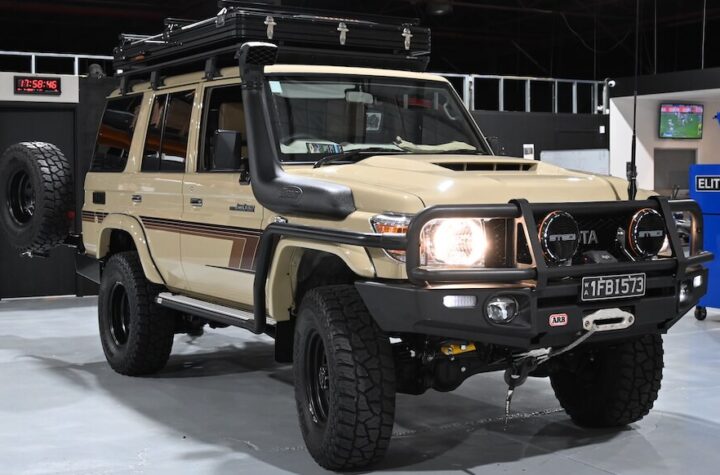
Looking After Auntie (MG Rover)
Can the Chinese revive an old British legend?
 |
| The Rover 75 could be the new number one choice for Shanghai taxi drivers. |
My great uncle always had Rovers. A keen Chelsea soccer fan, he lived in West London, and the car I remember — a 1960s P5 — would be taken out of its immaculate garage once a week on Sunday for “an outing to the countryside.” On return, it would be thoroughly cleaned and returned to its garage where it would sit untouched until the following Sunday.
I well remember as a boy being allowed into the garage — I’m sure I had to ask permission — and smelling the leather of the seats, running my hands over the walnut burr trim and being amazed at the sheer presence of the car.
He would have been horrified at MG Rover’s current predicament. For a certain generation of Englishmen, including my father, a World War II vet, it was bad enough when the company got into bed with Japanese car maker Honda.
What either of them would make of the latest twist to the saga — a possible takeover by Shanghai Automotive Industry Corp. (SAIC), China’s largest car maker — is anyone’s guess. But if BMW couldn’t sort out what it termed “the English Patient,” what chance has SAIC got?
There are two issues here. The first is that MG Rover is desperate for a major stakeholder to give it a massive cash injection to develop new models. The second is the worry that any “partnership” would be a takeover and control of Britain’s last independent car maker would rest with the Chinese.
At the time of writing, Phoenix Venture Holdings, the consortium which bought the company from BMW, has said it would welcome any approach from SAIC; in truth it would probably welcome any approach from anyone with enough cash to fund new model development.
By now, we should have seen the replacement for the ageing lower medium 45 but the fact that it has been delayed until next year at the earliest is an indication of the financial problems facing MR Rover’s engineers. The car, based on a shortened 75 platform, will be old before it even hits the showrooms if the current rate of progress is not sped up.
The 75, developed under the ownership of BMW, is MG Rover’s best-selling model this year with fairly modest sales of 9,600. But it is a good car which has won plaudits from press and owners alike. Its rival, mostly German with the likes of all-new Audi A6 and BMW 5 series, are storming ahead adding more and more technology into cars that are already well-known for their driving prowess. Rover’s sales in the U.K. were down 18.8 percent in the first seven months of this year while MG slipped 6.45 percent.
Rover and its eventual saviour will be playing catch-up from the start, with the added disadvantage of starting from way behind the goal line in the first place.
SAIC is best-known for making the Volkswagen Santana, which has traditionally been China’s best-selling model. Introduced in 1985, it had, at one stage, an astonishing 90 percent market share. Even today it is the car of choice for Shanghai taxi drivers.
If the deal goes ahead, and the word here is that an announcement is months rather than weeks away, SAIC will get a pool of hugely talented engineers and one of the most venerable manufacturing sites in Europe. Plans are already in place for July 2005 to celebrate the founding of the Austin Motor Company and 100 years of continuous motor vehicle production at the Longbridge factory. Austin? Ah, yes. And Riley, Triumph, Wolseley, Morris, Jaguar and Land Rover who were all pulled together in 1968 to form the giant state conglomerate British Leyland, which was abbreviated to BL because it sounded more dynamic.
It was a mess with almost 50 different models and too many badges. There was even an attempt to badge some cars BL (shades of General Motors, you might think). It used up $3 billion in state aid and started to be split up in the early 1980s. Jaguar was sold to Ford and Honda took a stake in the business which by then had been renamed Rover.
Honda didn’t like what it saw, and decided to build its own factory in central England instead. Will SAIC like what it sees? Loyal British buyers — and there are some — will hope so. Otherwise the future will be very bleak.
This article was provided exclusively to Automotive Industries by Interchange, a U.K.-based automotive business agency and consultancy servicing media and corporate clients. Anthony Lewis is a partner in Interchange and can be contacted via e-mail at interchangenews@aol.com.











More Stories
8 Best Plastic Welding Techniques for Automotive Manufacturing
5 Big Reasons to Choose LED Bulbs for Your Car Headlights
How much does it cost to ship a car on Amtrak Auto Train?